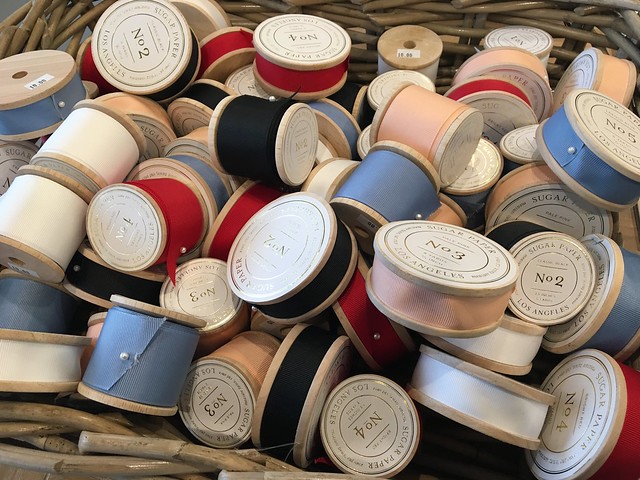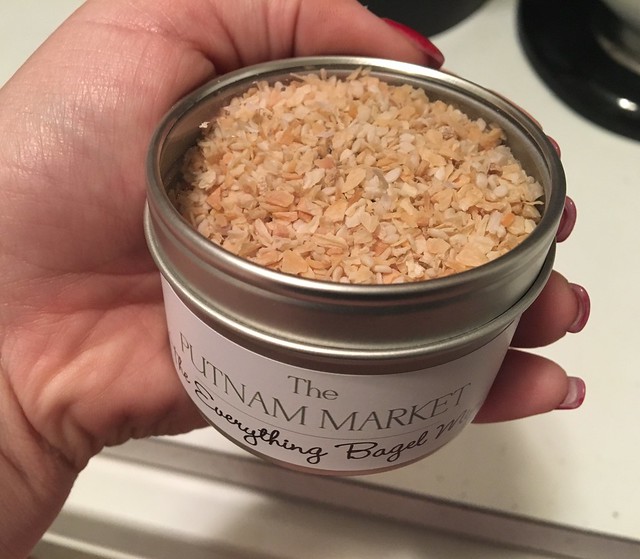
The pawpaw, a native Appalachian fruit, is so treasured in West Virginia that there’s a town named for it (estimated population 508), a fair to celebrate it (complete with Miss Paw Paw Pageant) and meals that highlight it (like a PawPawPalooza dinner in Morgantown).
The yellow-green oblong fruit with a sweet, tropical flavor; custard-like texture; and hard, black seeds is the largest edible fruit native to the United States and is actually found throughout about 26 states — though it’s most closely associated with the Appalachian region because of the dense forestation that allows it to thrive in the wild.
Nicknamed the West Virginia banana, the pawpaw turns from green to yellow to black each fall. And once this Appalachian fruit transforms to its darkest hue, it’s a long 11 months until it’s back in season. That is, of course, unless you harvested some pawpaw pulp to tide you over during the pawpaw-less months.
That pulp can be used in butters, jams, pie filling and ice cream to bring a little Appalachian flair to any winter dinner — long after the peak season in September is over.
“Pawpaws freeze really well, so to extend their life, you can make things like ice cream. Pulping the pawpaw and freezing is best way to keep them during the cooler months without losing the flavor,” said Andrew Moore, author of “Pawpaw: In Search of America’s Forgotten Fruit.”
Incorporating the pawpaw into more traditional holiday meals can help us reconnect with our heritage. This space where we share stories and form bonds can all be done over traditional Appalachian food — even if it’s not peak season. Highlighting this fruit that has not been elevated to the level of other fruits nationwide can help cement its place in our culture. And even though it may have been forgotten in recent years, it’s always been a staple of Appalachian cuisine.
“People have been eating pawpaws for centuries, beginning with the Native Americans and then the European settlers,” Moore said. “It’s a food that, if you lived in the country, you had access to it, historically. It was abundant. So, it didn’t need to be commodified; it didn’t need to be something grown commercially.”
The yellow-green oblong fruit with a sweet, tropical flavor; custard-like texture; and hard, black seeds is the largest edible fruit native to the United States and is actually found throughout about 26 states — though it’s most closely associated with the Appalachian region because of the dense forestation that allows it to thrive in the wild.
Nicknamed the West Virginia banana, the pawpaw turns from green to yellow to black each fall. And once this Appalachian fruit transforms to its darkest hue, it’s a long 11 months until it’s back in season. That is, of course, unless you harvested some pawpaw pulp to tide you over during the pawpaw-less months.
That pulp can be used in butters, jams, pie filling and ice cream to bring a little Appalachian flair to any winter dinner — long after the peak season in September is over.
“Pawpaws freeze really well, so to extend their life, you can make things like ice cream. Pulping the pawpaw and freezing is best way to keep them during the cooler months without losing the flavor,” said Andrew Moore, author of “Pawpaw: In Search of America’s Forgotten Fruit.”
Incorporating the pawpaw into more traditional holiday meals can help us reconnect with our heritage. This space where we share stories and form bonds can all be done over traditional Appalachian food — even if it’s not peak season. Highlighting this fruit that has not been elevated to the level of other fruits nationwide can help cement its place in our culture. And even though it may have been forgotten in recent years, it’s always been a staple of Appalachian cuisine.
“People have been eating pawpaws for centuries, beginning with the Native Americans and then the European settlers,” Moore said. “It’s a food that, if you lived in the country, you had access to it, historically. It was abundant. So, it didn’t need to be commodified; it didn’t need to be something grown commercially.”
But then, culturally, people moved away from the wild foods and turned toward more commercially grown fruits and vegetables. And some got left behind — like the pawpaw.
“No one was growing it commercially,” Moore said. “But, now we’re seeing a return to those foodways and a renewed interest in wild foods — and they’re turning a commercial eye toward that orchard setting, too. Historically, it was a big part of our culture, and even though it went through this brief period of neglect, that will probably not be the norm. We will continue to eat pawpaws in the future as we come out of the dark ages of pawpaw neglect.”
“No one was growing it commercially,” Moore said. “But, now we’re seeing a return to those foodways and a renewed interest in wild foods — and they’re turning a commercial eye toward that orchard setting, too. Historically, it was a big part of our culture, and even though it went through this brief period of neglect, that will probably not be the norm. We will continue to eat pawpaws in the future as we come out of the dark ages of pawpaw neglect.”
Like many of West Virginia’s food traditions, pawpaws date back to early Appalachian foodways that helped shape meals and memories. While they’ve maintained a consistent presence in our cuisine, they’re also returning to favor among the larger population, as well.
This small fruit has persisted throughout the centuries, and it can persist throughout the year with some creativity. And those times when family gathers for big meals is the perfect moment to spotlight the pawpaw, our favorite Appalachian fruit. Pick up some pawpaws, put them in your pockets — or jam or ice cream — and savor all year.
This small fruit has persisted throughout the centuries, and it can persist throughout the year with some creativity. And those times when family gathers for big meals is the perfect moment to spotlight the pawpaw, our favorite Appalachian fruit. Pick up some pawpaws, put them in your pockets — or jam or ice cream — and savor all year.

Wicked Spirits is a distilling company in Harrisville that produces two items: Hemishine 69 cinnamon whiskey (and ginger) and Endless Wall Vodka. I picked up this little guy for a spot on my bar cart.

Discovered this buckwheat vodka made in Kingwood. Mountain Mama Distillery produces these handcrafted American spirits.

For a few years now, I've followed Sugar Momma Sweets on Instagram. I thought she was super talented and helped repost a few of her photos. She's since really made a name for herself and is even doing classes now! She was kind enough to let me sit in on one, and I didn't do too terribly. We made five different kinds of cookies (two each) for 10 total. I learned to pipe outlines and flood the interior with royal icing!


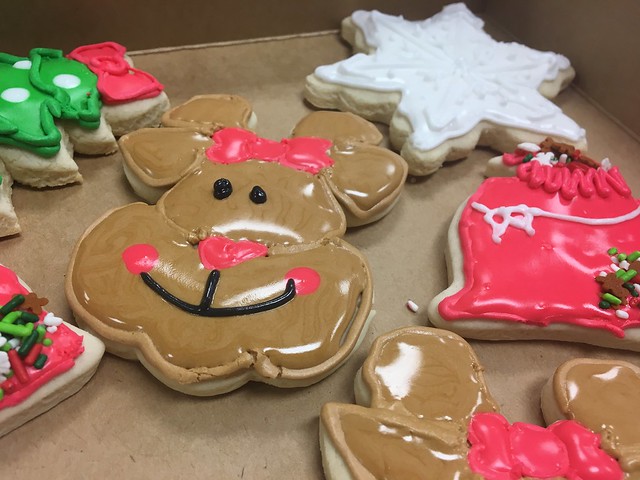

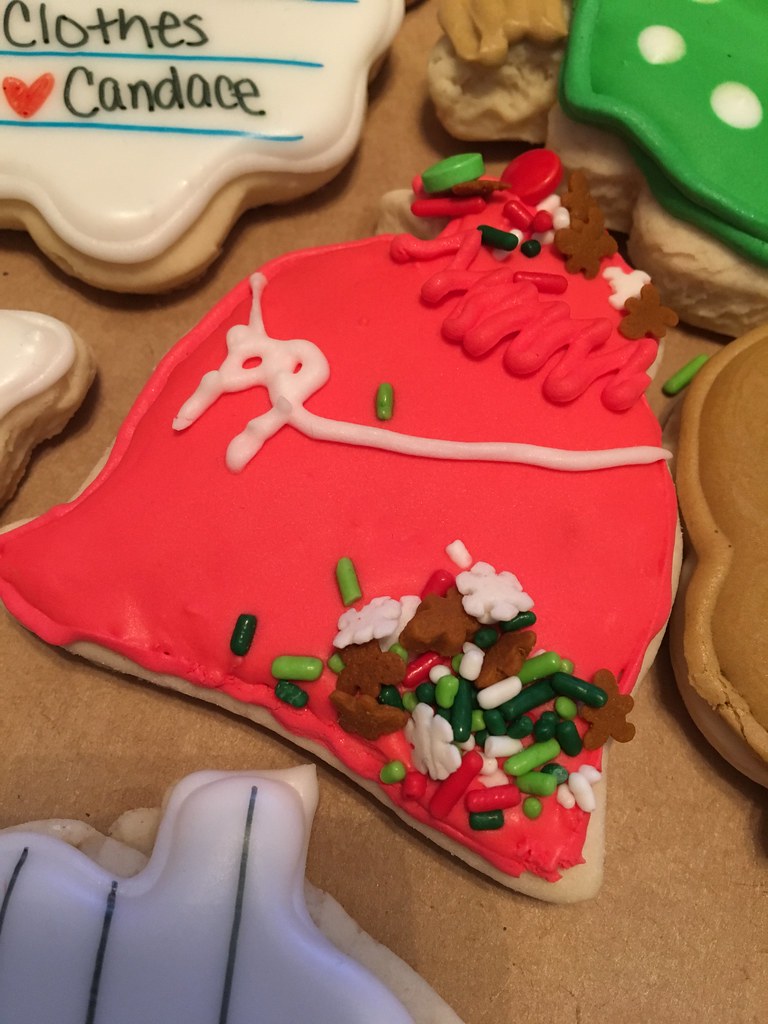




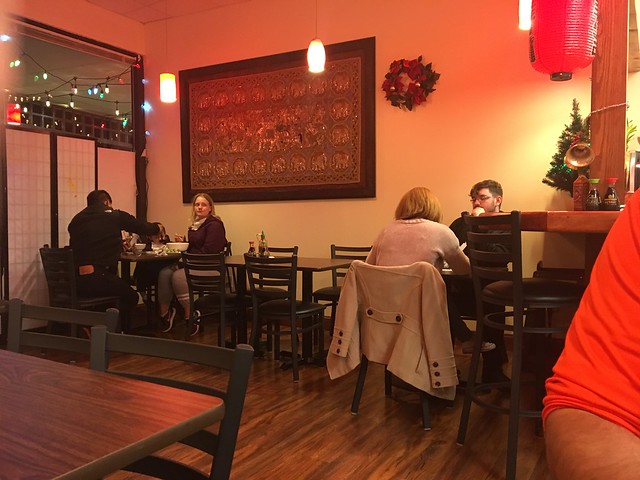


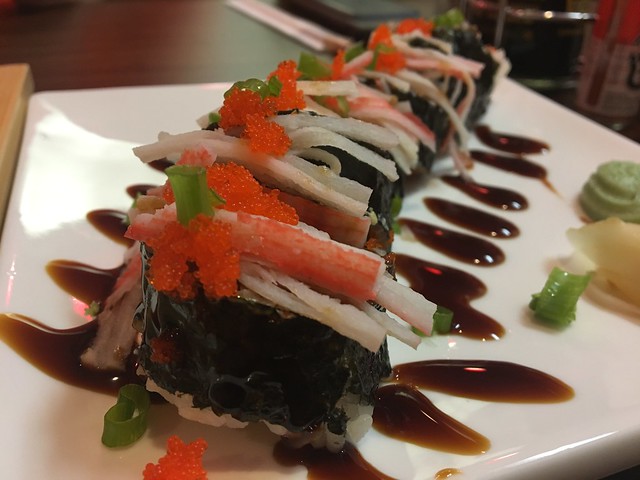
Hurricane Roll - Tempura shrimp, crab, smoked salmon, avocado, scallions and cream cheese, topped with masago and eel sauce
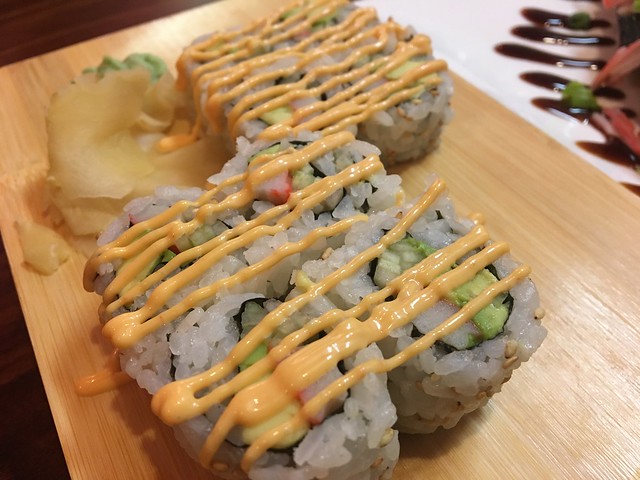
Spicy California Roll

Sushi Garden Roll - crab stick, cream cheese, avocado, shrimp, crab salad, spicy sauce, eel sauce, mayo

West Virginia Roll - crab, avocado, cucumber, cream cheese, topped with salmon, tuna, tempura batter, special sauce and tobiko




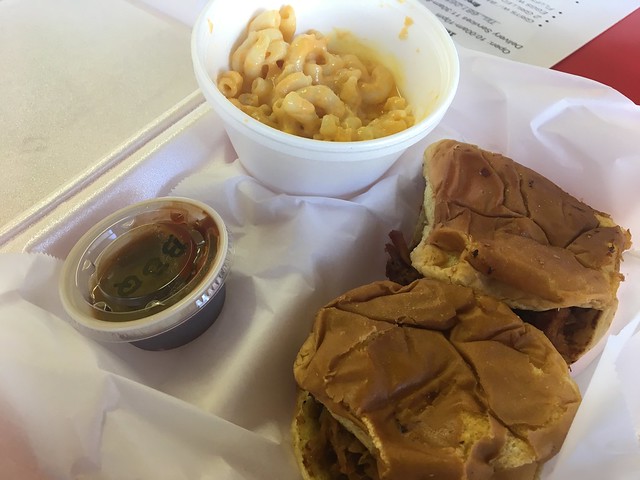
Pulled pork BBQ sandwich with a side of mac & cheese from Cousins Breakfast & Soul Food on the West Side.
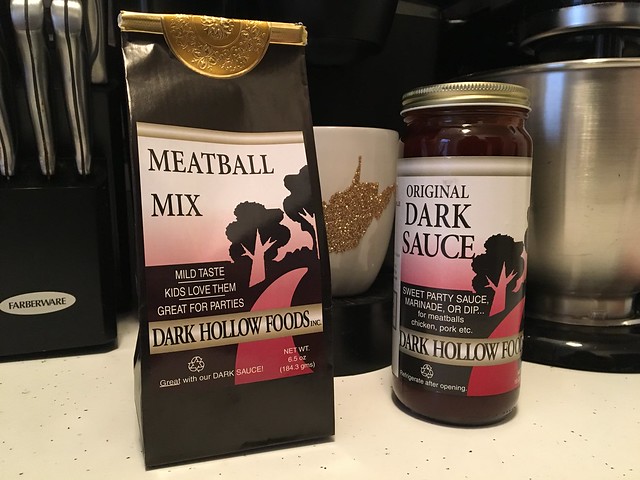
Have you ever picked up a jar of Dark Hollow sauce? It's a West Virginia-made sauce that can be found all over the state at different fairs and festivals. I have had samples and tried other people's recipe with the sauce, but I finally picked some up for myself - along with the meatball mix. It's this sweetish, saltyish deliciousness.

All work property of Candace Nelson. Powered by Blogger.








